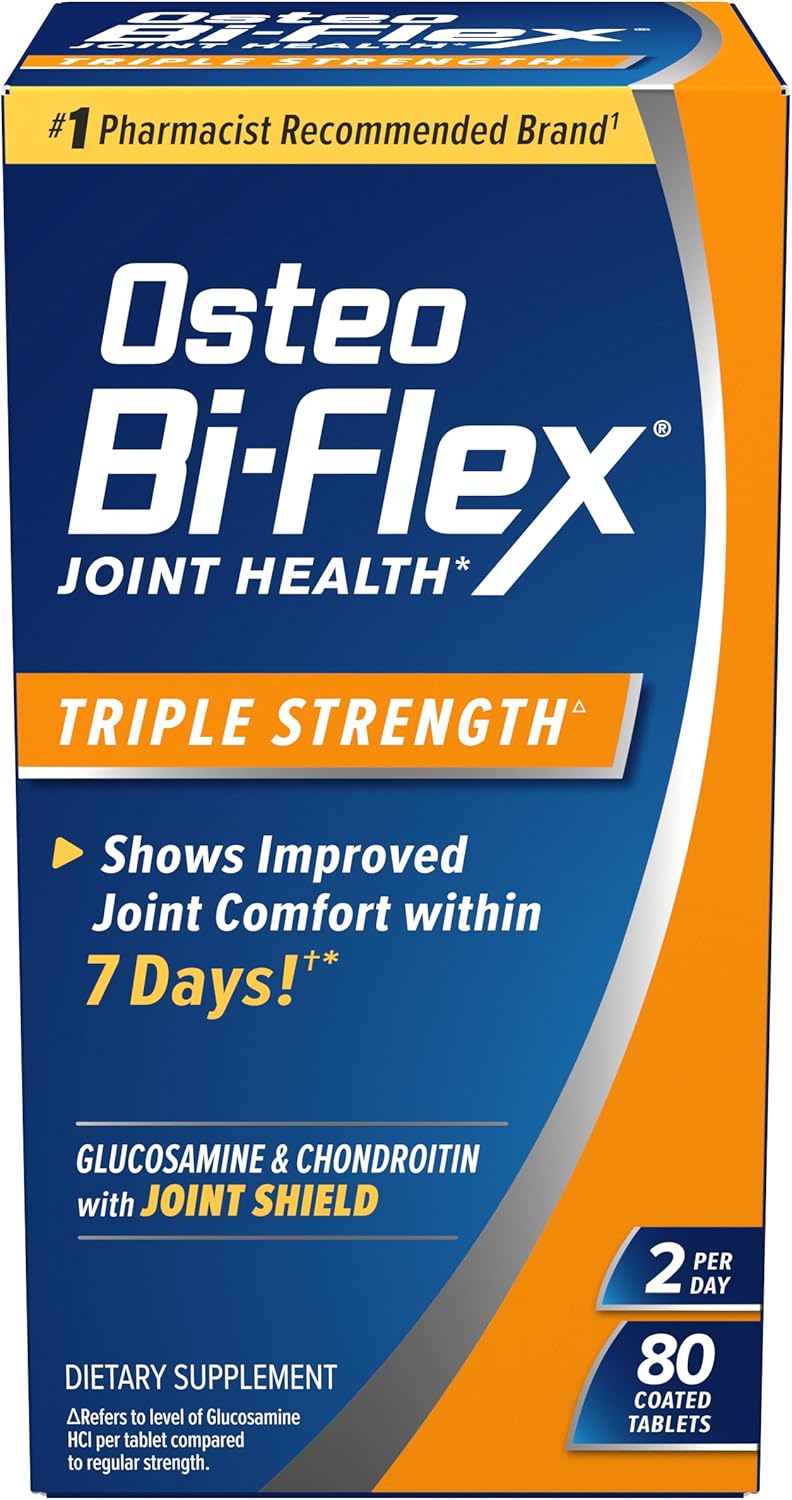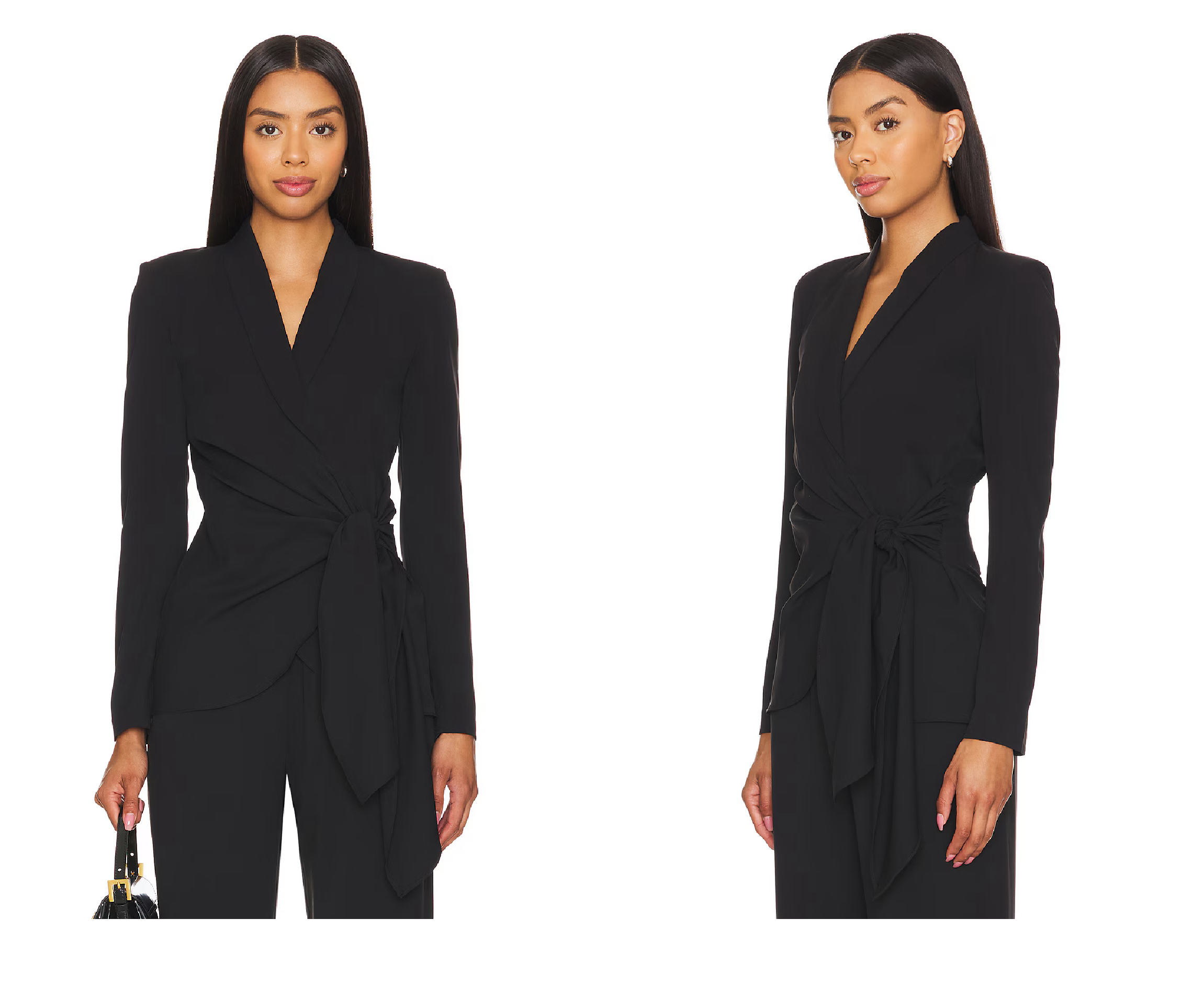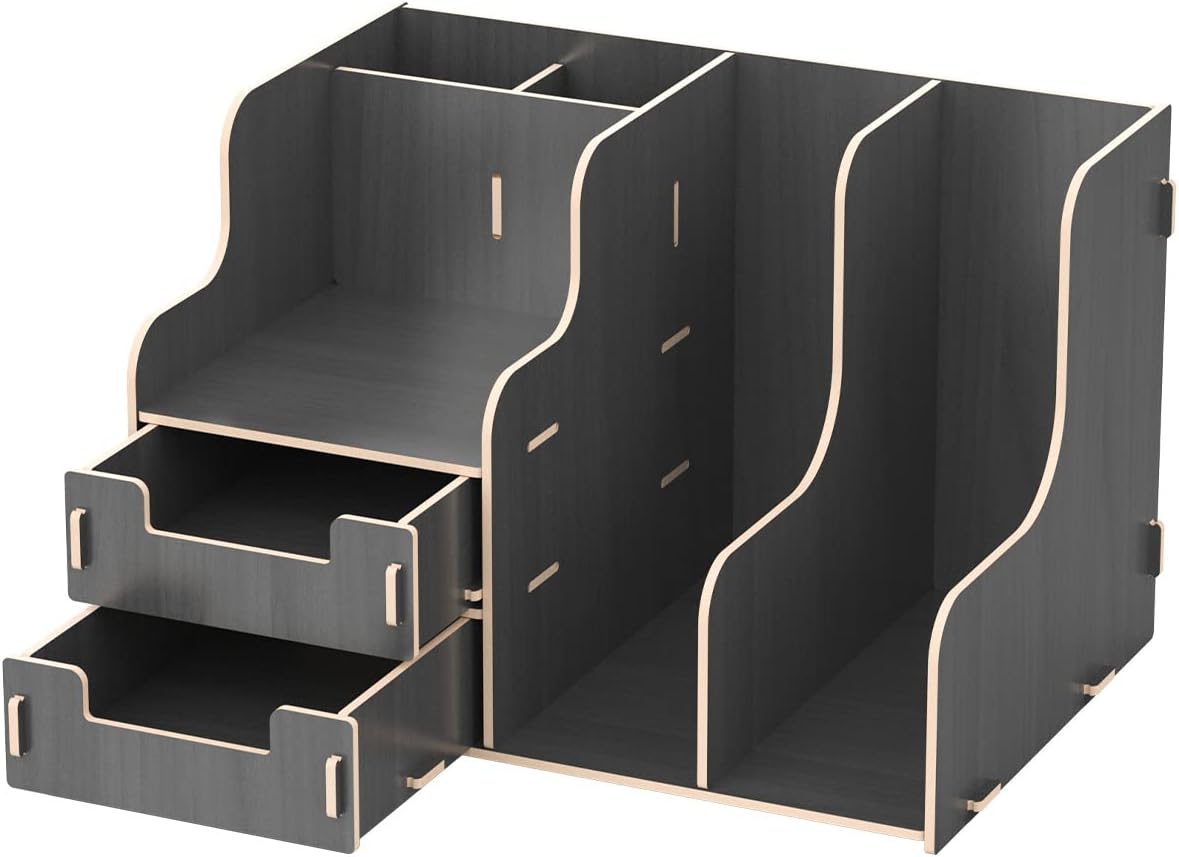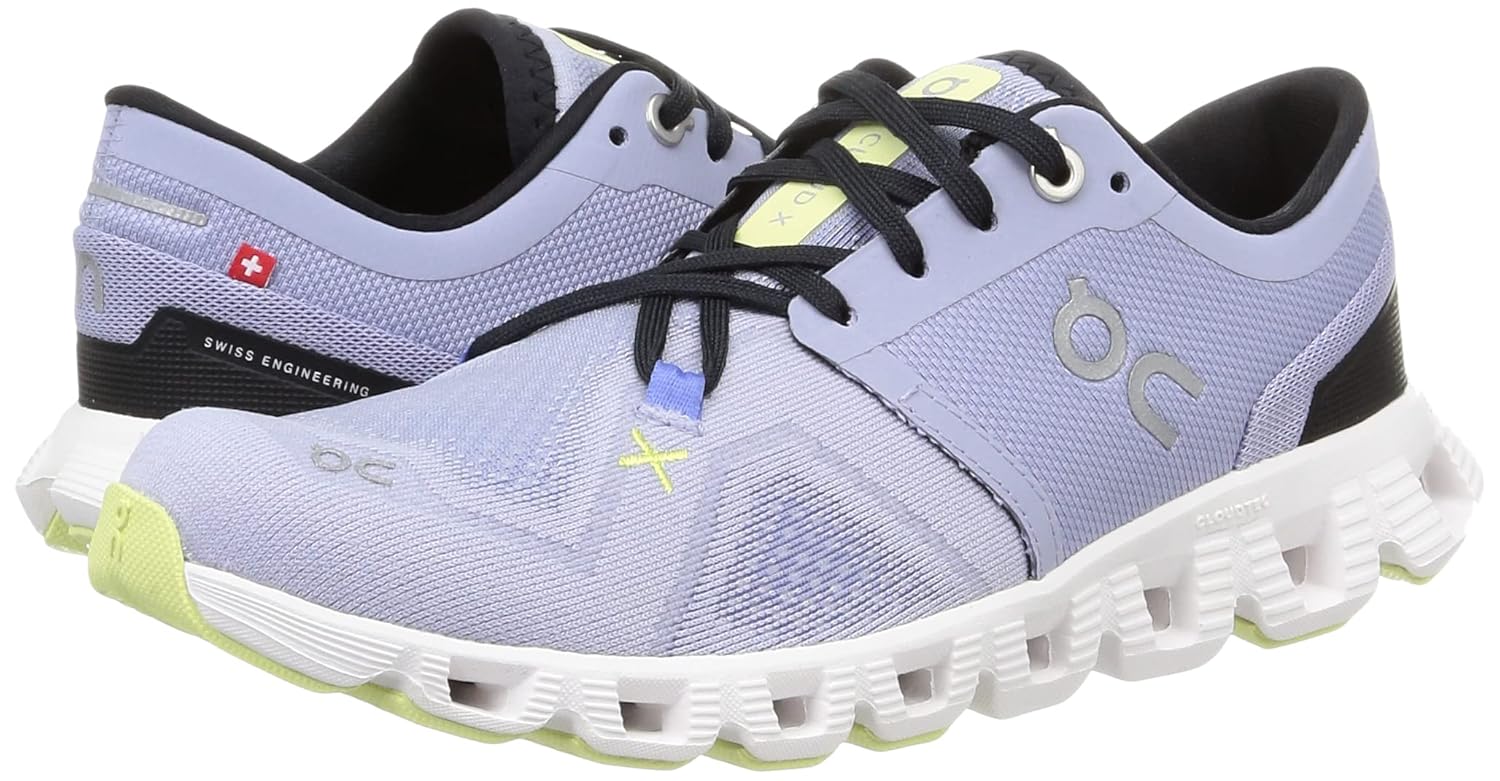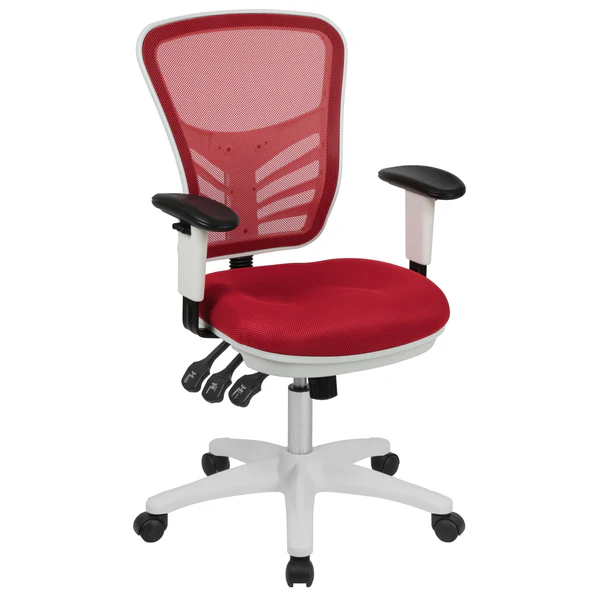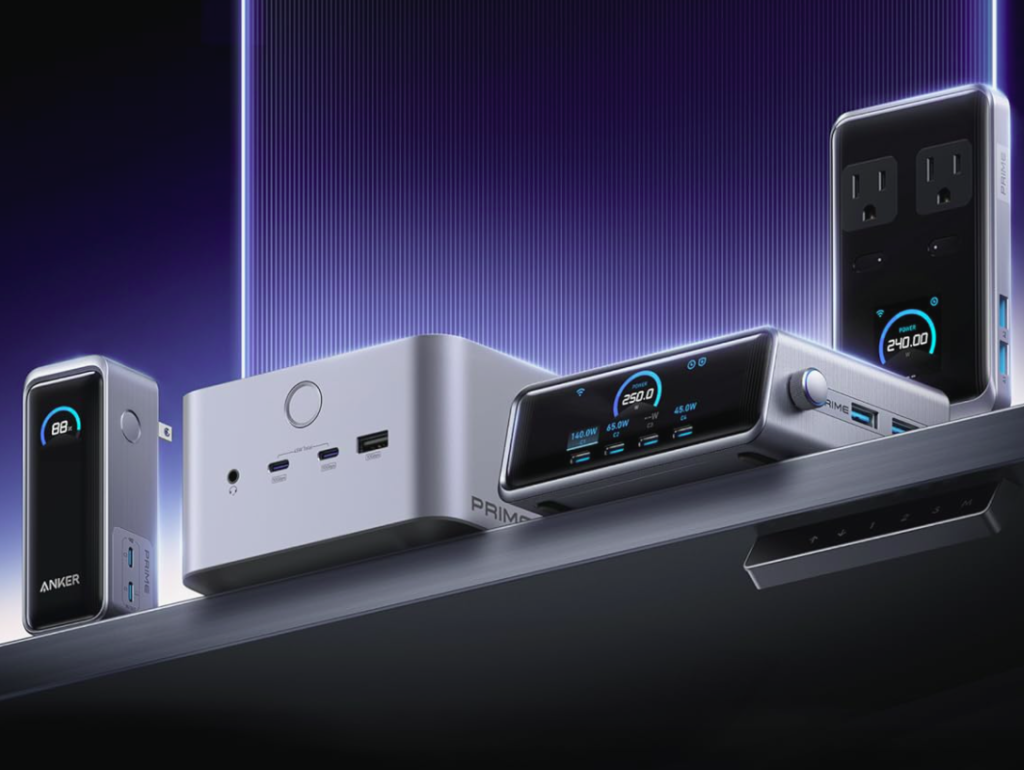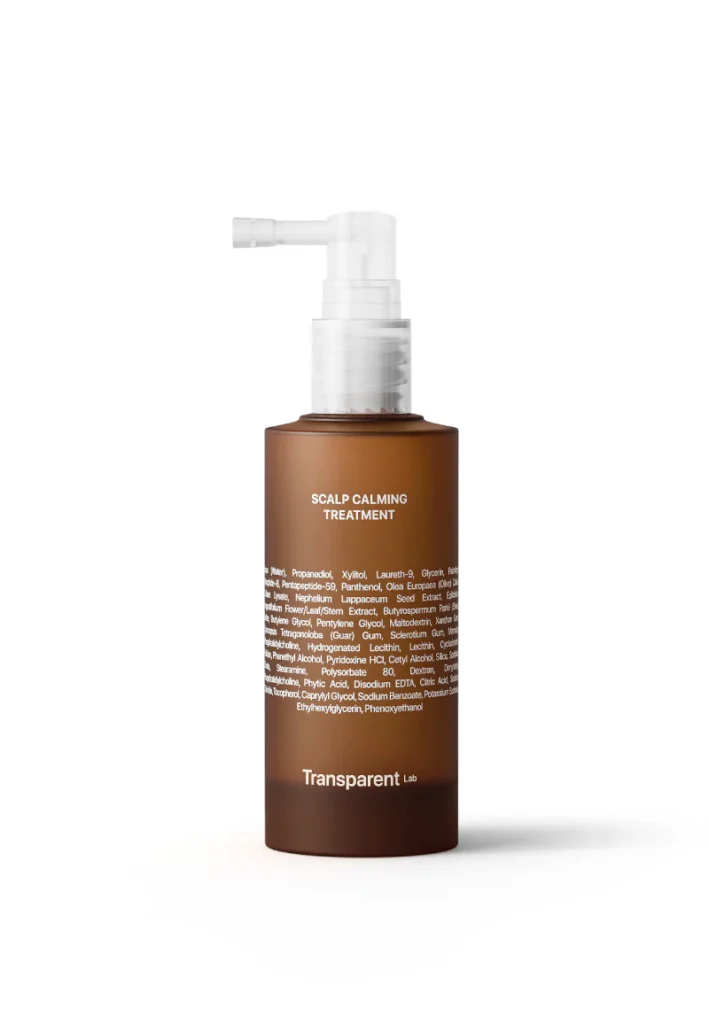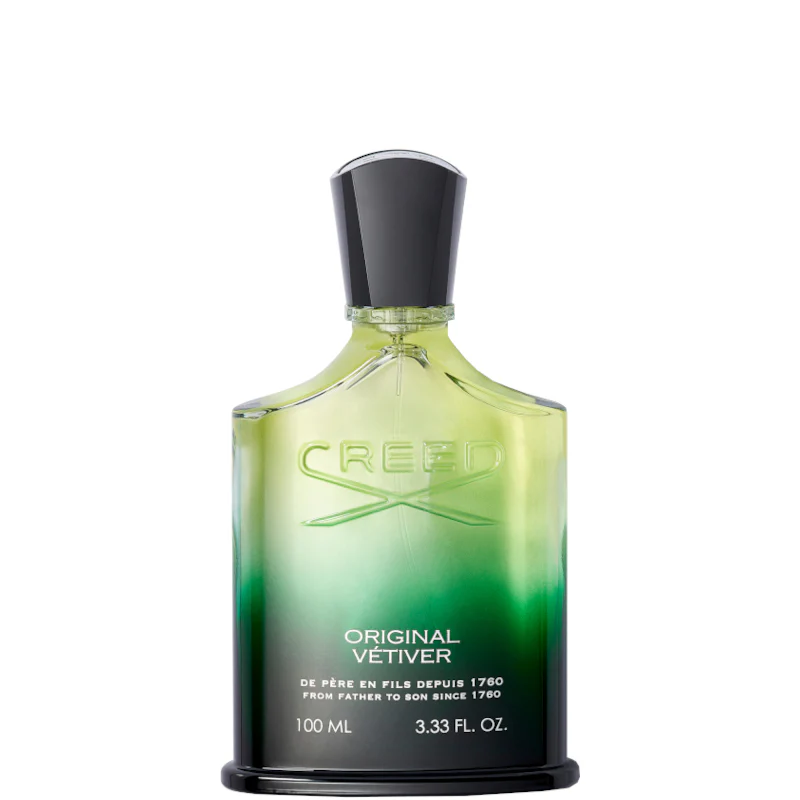You don’t need a gemology degree to buy a stunning ring. You need a simple structure that turns “overwhelmed by options” into “confident decision.” In this guide, we’ll walk you through the essentials—diamond shapes and the 4Cs, settings and metals, sizing and comfort, sparkle-per-dollar strategy, and how to shop online like a pro. We’ll also map real-life scenarios (active lifestyle, vintage lover, maximalist sparkle, minimalist chic) so you can narrow choices fast and feel great about what’s on that left hand. Throughout, we’ll reference Diamonds Factory Engagement Rings as a flexible, customization-friendly way to get the look you love at a price that makes sense.
Shop Diamonds Factory Engagement Rings
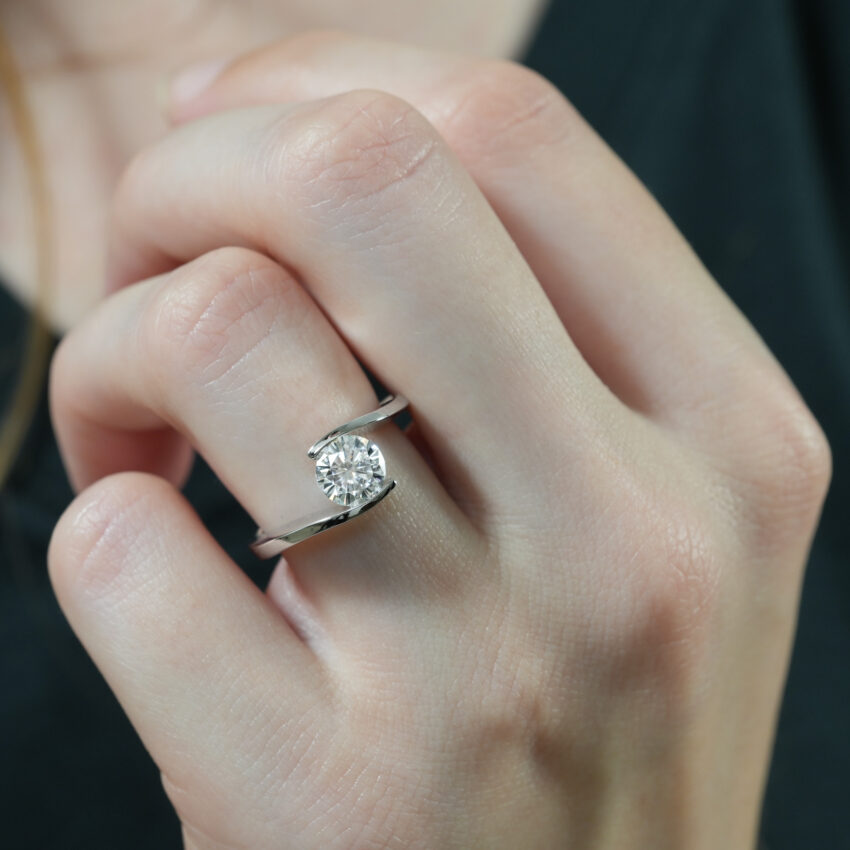
The 4Cs, Decoded (Without the Jargon)
When people say “quality,” they usually mean a balanced mix of the 4Cs—Cut, Colour, Clarity, Carat. Here’s the practical take:
Cut (the sparkle engine):
Cut is the single biggest driver of brilliance. Prioritize excellent/ideal cut grades where available, especially for round brilliants. A great cut makes a diamond look brighter and can even make it appear larger than its carat would suggest. With Diamonds Factory Engagement Rings, you can filter for cut quality so you don’t trade radiance for size.
Colour (how white it looks):
On the standard D–Z scale, D is colourless and Z is noticeably warm. The value sweet spot for many buyers is G–I—visually white in most settings, especially in yellow or rose gold. If you choose platinum or white gold (cooler metals), consider F–H for a crisp look.
Clarity (how clean it looks to the eye):
You don’t need a microscope-clean stone to enjoy a perfect-looking ring. “Eye-clean” grades like VS2–SI1 can look indistinguishable from higher grades to the naked eye, especially in shapes that hide inclusions well (brilliant cuts). Use the product imagery and certificate plots; Diamonds Factory Engagement Rings typically provide grading info to make this easy.
Carat (size and presence):
Carat is weight, not exact dimensions, but yes—more carat usually means more spread. Prices jump at “magic” marks (0.50, 1.00, 1.50 ct). A savvy move is to shop just under those thresholds (e.g., 0.90–0.99 ct, 1.40–1.49 ct) to capture similar visual presence for less.
Natural vs. Lab-Grown: Same Sparkle, Different Story
Natural diamonds formed over millennia. Lab-grown diamonds have the same crystal structure and optical properties but are created in a controlled environment. Key differences:
- Price: Lab-grown usually offer more size or higher grades for the same budget.
- Romance & Heritage: Natural appeals to tradition; lab-grown appeals to innovation and value.
- Resale: Natural generally retains more resale value; most engagement rings aren’t purchased as investments, but it’s good to know.
If your priority is maximum visible sparkle within the budget, lab-grown can be a smart play. If “geologic romance” matters, go natural. Diamonds Factory Engagement Rings commonly allow you to select either path while keeping the same setting design.
Shapes & Personalities: What Each Cut Communicates
- Round Brilliant: The sparkle standard. Symmetry-friendly, pairs with any setting.
- Oval: Elongating, finger-flattering; appears larger than rounds of the same carat. Watch for a minimal “bow-tie” (shadow) in imagery.
- Cushion: Soft corners, vintage-romantic; available in brilliant or crushed-ice styles.
- Emerald: Elegant, hall-of-mirrors step cut; highlights clarity and clean lines.
- Princess: Modern square sparkle; great finger coverage; pairs well with channel-set bands.
- Pear: Playful and chic; points lengthen the finger—ensure a robust setting to protect the tip.
- Marquise: Maximum spread for carat; dramatic, vintage runway vibes.
- Radiant: Rectangular or square with brilliant faceting—think emerald outline with round-like fire.
- Asscher: Geometric charm; step cut with a romantic antique aura.
Try this filter: imagine the wearer’s everyday style—sleek minimal, soft romantic, bold fashion-forward—and match the shape’s vibe. Diamonds Factory Engagement Rings lets you preview these shapes across multiple settings for quick A/B comparisons.
Shop Diamonds Factory Engagement Rings
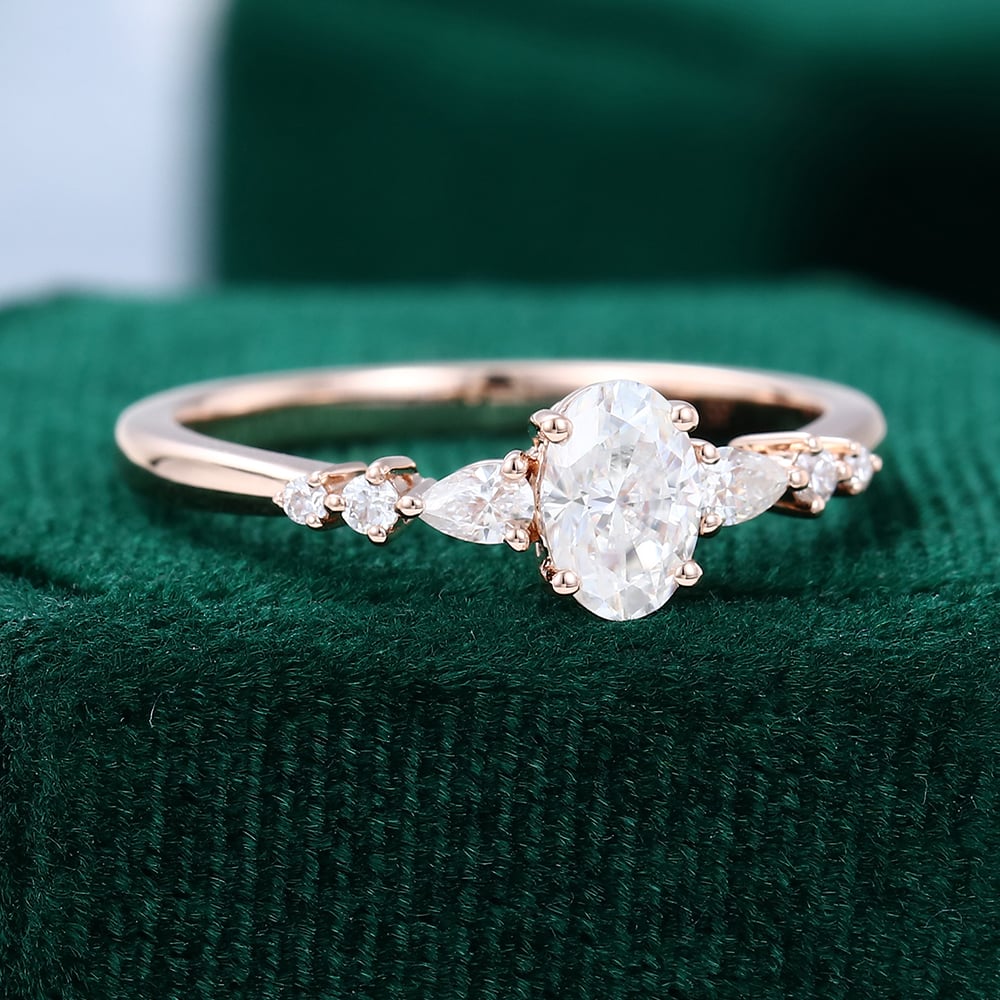
Security, Style, and Everyday Comfort
A setting frames the stone and dictates how it wears day-to-day:
Solitaire (prong-set):
Timeless and versatile. 4-prong maximizes light; 6-prong adds security (especially for round). Low-set solitaires snag less on sweaters; high-set solitaires look taller and can stack closer with wedding bands.
Halo:
A circle (or shape-following ring) of small diamonds around the centre enhances spread and sparkle. Great for making a modest carat look larger. Micro-pavé halos feel modern; vintage halos with milgrain feel heirloom.
Three-Stone:
Symbolic (past–present–future), and very flattering on wider bands. Side stones can be tapered baguettes (clean) or pears (romantic).
Pavé/Shank Accents:
Diamonds on the band add flash. French pavé (V-shaped prongs) shows more diamond, less metal; channel-set is smoother under gloves.
Bezel:
Metal surrounds the stone’s edge. Ultra-secure and modern/minimal—ideal for active lifestyles. Slightly reduces visual spread but reads clean and architectural.
East–West:
The centre stone is set horizontally (lovely for ovals, emeralds, marquises). Distinctive and fashion-forward.
With Diamonds Factory Engagement Rings, you can often choose head height, prong style, and accent options to fine-tune sparkle vs. practicality.
Metal Choices & Skin Tone Harmony
- Platinum: Naturally white, hypoallergenic, dense, and durable. Develops a soft patina over time.
- 18K White Gold: Bright white (rhodium plated), slightly warmer than platinum; great balance of durability and cost.
- 14K White Gold: Harder and budget-friendlier; also rhodium plated.
- Yellow Gold (14K/18K): Warm, classic; pairs beautifully with near-colourless to faintly warm stones (G–J).
- Rose Gold: Soft, romantic; flattering on many skin tones and forgiving if your diamond is on the warmer side.
If you love mixed metals, consider a white-gold/platinum head (keeps diamond icy) on a yellow or rose band for warmth—Diamonds Factory Engagement Rings frequently offers mixed-metal builds.
Canadian Ring Sizing & Comfort
Canada commonly uses US ring sizes. If you’re between sizes, consider:
- Season & swelling: Fingers shrink in winter, expand in heat.
- Band width: Wider bands fit tighter; you may need a half-size up.
- Comfort fit: Slightly rounded interior for easier on/off—worth it for everyday wear.
Sneaky-smart move: order a low-cost ring sizer or visit a local jeweller for a quick measure, then lock your size before customizing your Diamonds Factory Engagement Rings build.
Shop Diamonds Factory Engagement Rings
Budget Strategy: Where to Spend, Where to Save
- Spend on Cut. Sparkle is what the eye notices first.
- Balance Colour & Clarity. Choose ranges that look clean and bright to the eye (F–H, VS2–SI1 for many shapes/metals).
- Optimize Carat with Shape & Setting. Ovals, pears, marquises and halos increase visual size without paying for every fraction of carat.
- Consider Lab-Grown. If you want a bigger look or higher specs within your budget ceiling, lab-grown can be a win.
- Avoid Price Jumps. Shop just under magic weights (0.90–0.99, 1.40–1.49 ct) for strong value.
Lifestyle Scenarios (Choose Your Path)
- Hands-On/Active (healthcare, fitness, outdoors):
Bezel or low-set solitaire, platinum or 14K gold for hardness, simple shank (no snaggy pavé). Consider a round or oval for fewer vulnerable corners. - Minimalist Design Lover:
Sleek solitaire on a thin, slightly tapering band; east–west emerald or oval for an architectural line. Platinum or white gold. - Vintage Heart:
Cushion or Asscher with milgrain halo or three-stone with baguettes. Yellow or rose gold warms the palette. - Max Sparkle, Modest Budget:
Halo around an oval/cushion + pavé band; consider lab-grown to go up in carat + cut. - Ethical Focus:
Lab-grown diamond, recycled gold band options if available. Ask about sourcing policies—Diamonds Factory Engagement Rings product pages typically outline materials and certifications.
Certificates & What They Mean
Look for a reputable grading report (e.g., GIA/IGI) with the diamond’s 4Cs, proportions, and inclusion map. Certificates aren’t about bragging rights; they’re your quality baseline and make comparisons apples-to-apples. Diamonds Factory Engagement Rings generally provides grading details, which helps you filter confidently.
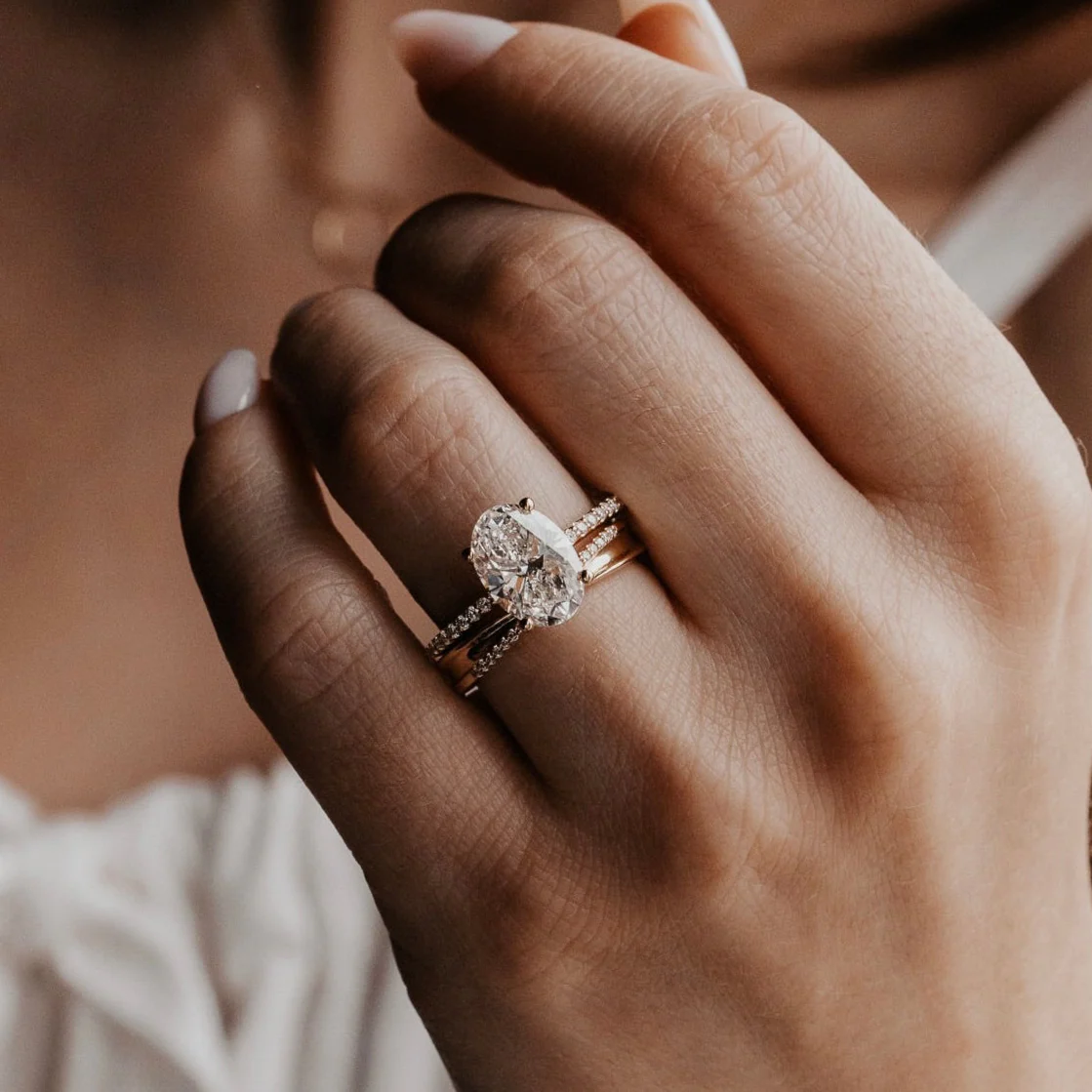
Care, Insurance & Longevity
- Insurance: Once purchased, add the ring to home/tenant insurance or a jewellery policy. You’ll need the purchase invoice and, sometimes, an appraisal.
- Maintenance: Annual prong checks, professional cleaning as needed. At home, warm water + mild soap + a soft brush keeps brilliance high.
- Rhodium Refresh: White gold benefits from occasional re-plating to maintain that cool white finish.
One Hybrid Block (Checklist + Guidance): The 10-Minute Shortlist Method
- Pick a shape that matches the wearer’s style (round/oval for universal sparkle; emerald for clean geometry; cushion for romance).
- Choose a setting for lifestyle (low-prong solitaire or bezel if active; halo/pavé for extra presence).
- Lock the metal (white for icy, yellow/rose for warmth; consider mixed-metal head).
- Set 4C targets (Excellent cut; F–H colour; VS2–SI1 clarity; flexible carat just under a magic mark).
- Decide natural vs. lab-grown based on budget and story preference.
- Filter & compare on Diamonds Factory Engagement Rings; save 3–5 contenders.
- Zoom images/cert plots for eye-clean clarity and symmetry.
- Check band width & profile for comfort and stack potential with the future wedding band.
- Confirm size (and comfort fit if possible).
- Add insurance plan to your to-do list post-purchase.
Shop Diamonds Factory Engagement Rings
Proposal Logistics (Because Romance Loves a Plan)
- Lead Time: Customizations and resizing can take time—build a buffer before your trip/proposal date.
- Box & Reveal: Sleek ring boxes photograph beautifully and slide into inner jacket pockets; think about where/how you’ll kneel or stand.
- After the Yes: Snap a quick hand photo in natural light—soft shade or near a window—to capture true sparkle.
Troubleshooting: Common Concerns, Quick Fixes
- Diamond looks smaller than expected: Verify millimetre dimensions (spread) alongside carat. Consider a halo, slimmer band, or elongated shape for bigger visual impact.
- Visible inclusions at SI1: Swap to a different stone at the same grade—clarity is about location and type, not just the label.
- Too much sparkle (it happens!): Choose a step-cut (emerald/Asscher) or a bezel for a calmer, refined look.
- Band spins: Resize slightly, choose a comfort fit, or consider adding sizing beads for stability.
Sustainability Notes
If minimizing environmental footprint is important, consider lab-grown diamonds and recycled metals where available, and choose classic settings that stand the test of time. A ring that stays loved for decades is, in itself, a sustainable choice.
Conclusion
Buying an engagement ring should feel exciting, not stressful. Prioritize cut for life-of-the-party sparkle, balance colour and clarity for eye-clean beauty, and let shape + setting express personality and lifestyle. Decide early on natural vs. lab-grown based on story and budget, confirm the metal that flatters your tone and aesthetic, and check sizing/comfort so the ring is a joy to wear every day. With the customization options and transparent specs behind Diamonds Factory Engagement Rings, you can translate taste and budget into a ring that looks brilliant in photos, feels right on the hand, and celebrates your story for years to come.
Shop Diamonds Factory Engagement Rings
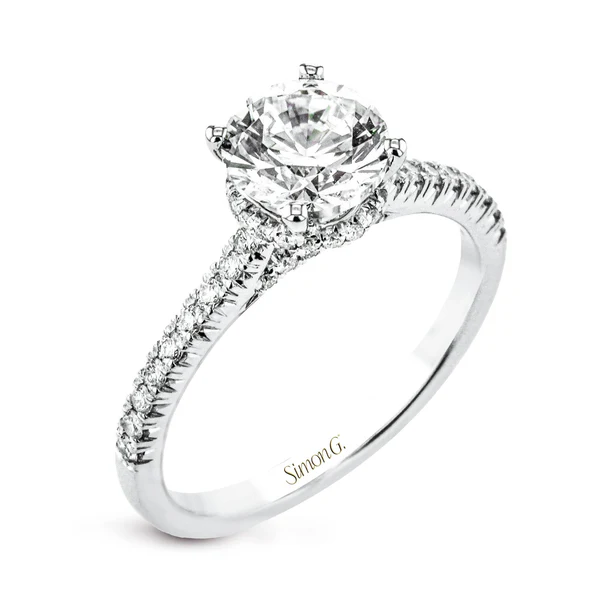
FAQ
- Is lab-grown “real” diamond?
Yes. Lab-grown diamonds have the same crystal structure and optical properties as natural diamonds, graded by the same labs. The difference is origin and typically price. - What’s the #1 thing to prioritize?
Cut. Excellent/ideal cut maximizes brightness, fire, and scintillation—what your eyes actually perceive. - How do I make a smaller carat look bigger?
Choose an elongated shape (oval, pear, marquise), a slim band, or a halo setting. Lab-grown can also let you size up within budget. - Which metal should I choose if I want the diamond to look icier?
Platinum or white gold. If you love warmth, yellow or rose gold adds a romantic glow and can flatter slightly warmer colour grades. - What clarity grade is “safe” to buy online?
VS2–SI1 can be excellent value when eye-clean. Review photos and certificate plots; switch stones if an inclusion is prominent or near the centre. - Can I resize later?
Most rings can be resized within a range. Confirm before purchase and keep lead time in mind if you’re proposing on a specific date. - How do halos and pavé affect maintenance?
More small stones mean more prongs. Schedule annual checks and avoid heavy knocks. The trade-off is big visual presence—worth it for many buyers. - Should I buy now or wait for a sale?
If timing is flexible, promotions can help. But the best value often comes from smart spec balancing (cut, colour, clarity) and carat just under magic weights. - What about matching the wedding band later?
Check the engagement ring’s profile and whether it sits flush with straight bands. Some settings need a contour band—good to know before picking the engagement ring. - How do I insure the ring?
Add it to your home/tenant policy or a standalone jewellery plan using the invoice and, if required, an appraisal. Do this as soon as you receive the ring.



